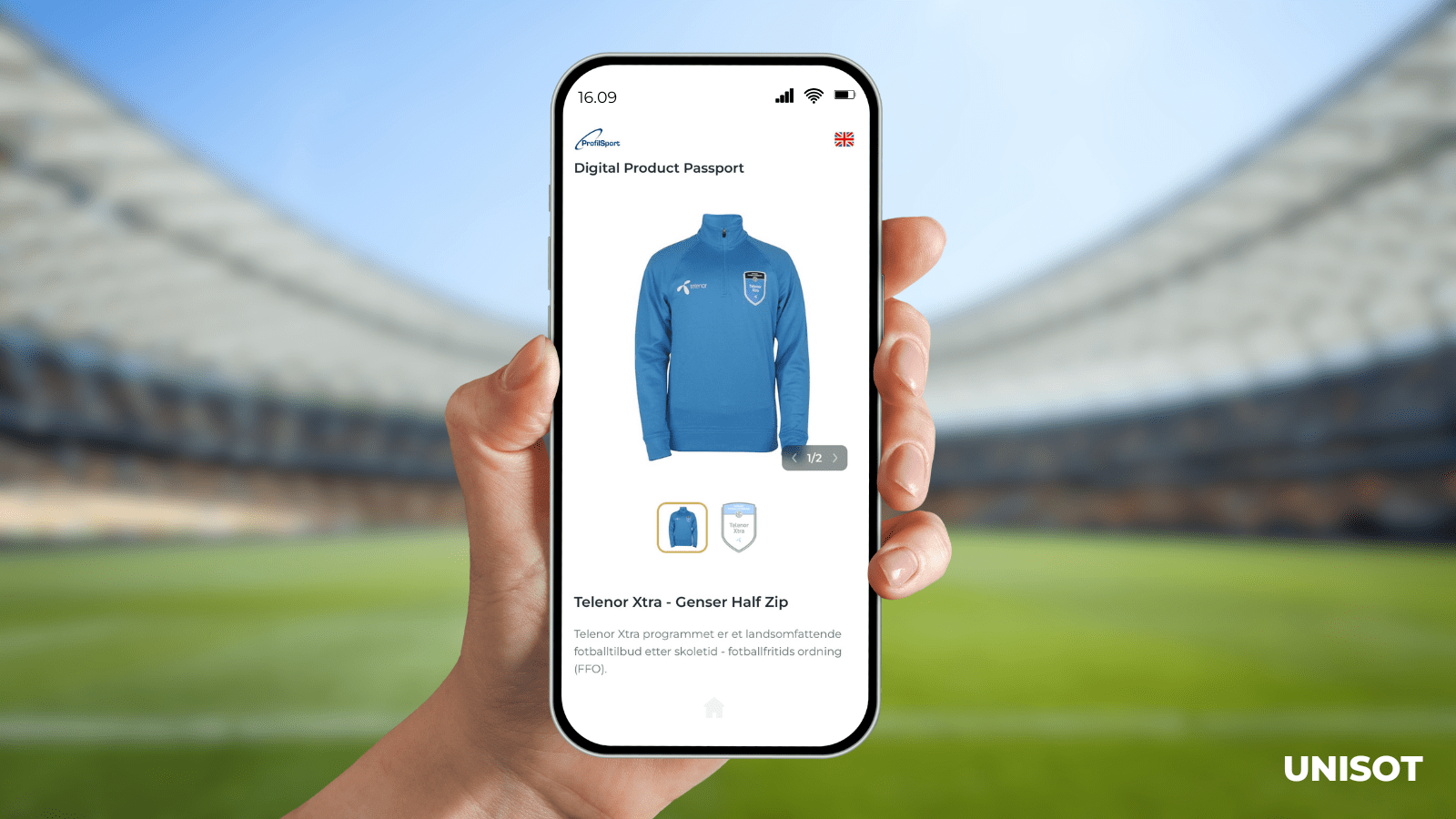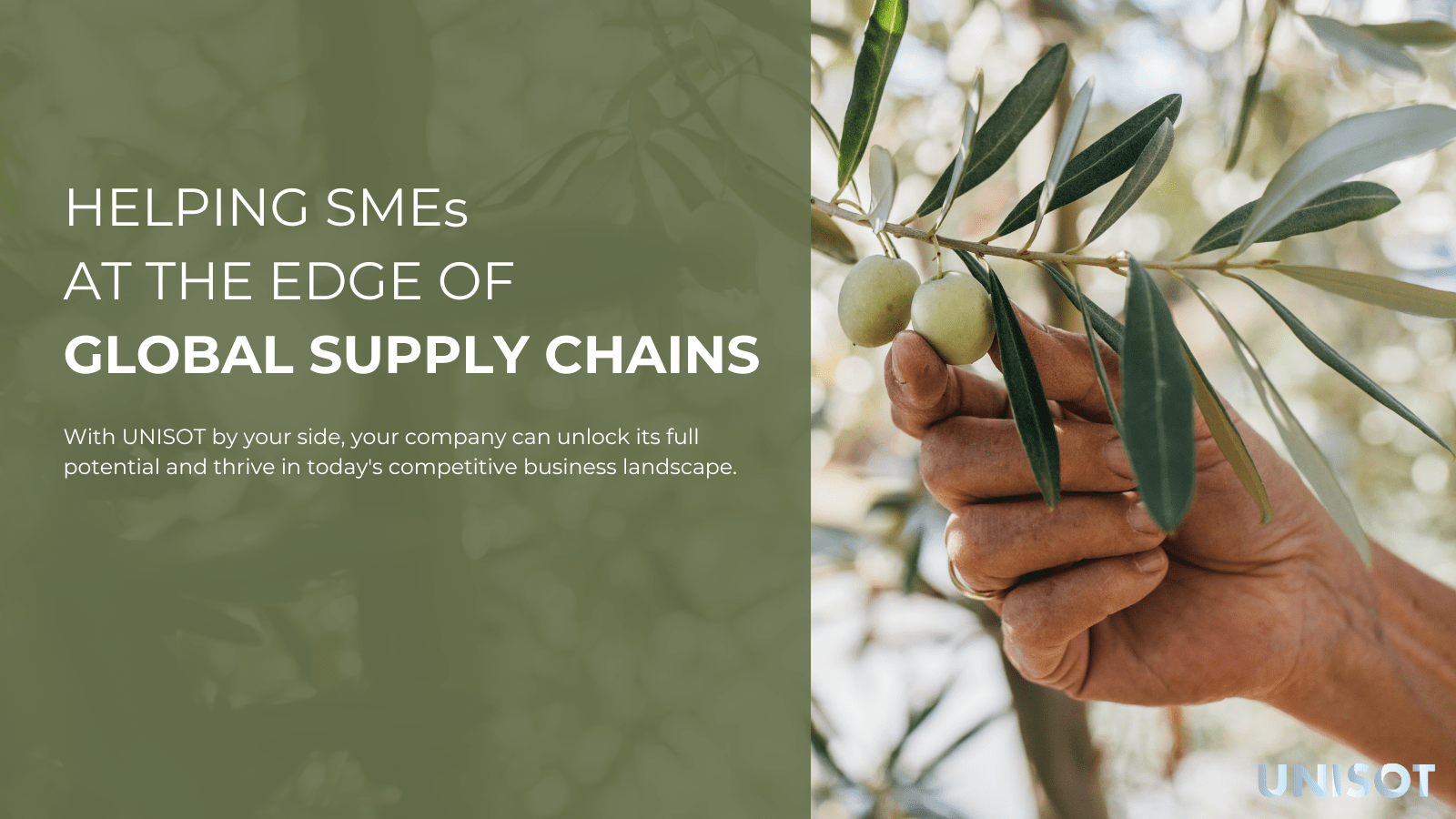A Case Study of Norwegian Salmon for the Chinese Market
Master thesis by Andreas Høieggen Steensæth
I also want to thank Stephan Nilsson, CEO and founder of UNISOT for introducing me to
potential interview respondents, for expert advice and taking the time for nearly weekly
follow-up meetings in which he was available for questioning and advice. Additionally, I
would like to thank Torje Vingen Sunde, CFO of UNISOT, for also participating in these
meetings, offering suggestions and giving feedback throughout the process.
In a dynamic and highly globalized world supply chains are complex and demanding to manage, and it is difficult to achieve full transparency and traceability. In China, a nation with substantial history of food scandals, the outbreak of covid-19 has recently increased the attention toward food safety and traceability.
This thesis aims to identify supply chain and traceability challenges Norwegian seafood is faced with in the Chinese market, the potential instruments that can meet the challenges, and how blockchain technologies potentially can meet the challenges. In order to accomplish this, there has been conducted a literature research that has examined the seafood supply chain, the Chinese market, traceability and blockchain technologies. Furthermore, for the primary research, there has been conducted semi-structured interviews with five informants with expert knowledge of Norwegian seafood, the Chinese market, and/or blockchain technologies, and a supply chain map has been constructed.
The findings identified 14 challenges related to supply chain, traceability and political areas. In order to assess how blockchain can improve several of the challenges, the challenges “policies”, “participation”, and “tampering” were selected to illustrate how blockchain technology can contribute to solving these. It was concluded that the unique properties of blockchain technology has the potential to meet several of the challenges identified related to supply chain management and implementation of traceability.





Leave A Comment